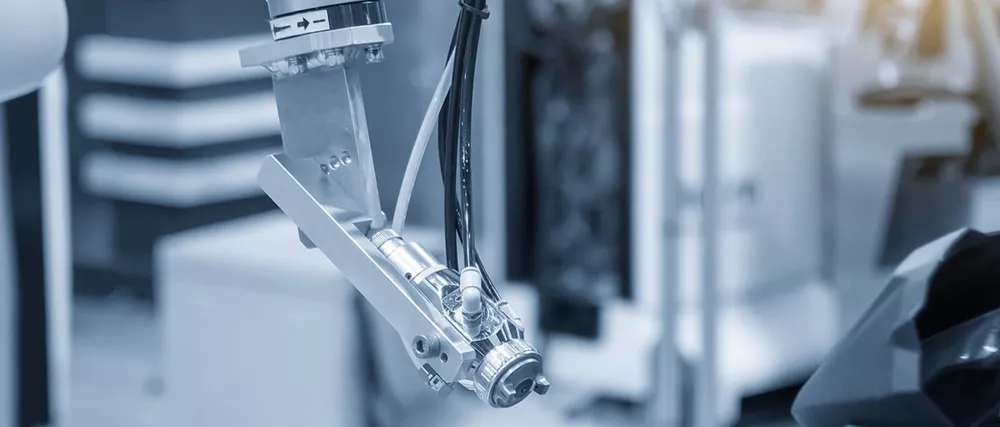Automotive manufacturing is an industrial daredevil, living constantly on the brink of a world-changing revolution. Every day, the future looms larger on the horizon – but still, no one can quite make out the full shape or scale of it.
The recent history of the automotive sector is a long chain of big moves and bold predictions. The petrol-powered internal combustion engine is fast losing its stranglehold on the industry and, ultimately, the environment. In its place, we’re seeing the first firm footholds of electric vehicles – widely recognised as more an evolutionary survival imperative than an innovative gamble. At the same time, we’re starting to change our entire relationship with the vehicles we operate. Electricity isn’t the only current powering this industry-wide shake-up. We’re also feeling the rising tide of autonomous vehicles, carrying us toward a future that might eventually take human beings out of the driving seat altogether. That’s future’s probably still decades away, of course, but we’re already starting to sense the rumble of its approach in self-driving trucks and at least partially autonomous cars. In every field from personal transportation to large-scale industrial applications, our vehicles are becoming smarter, more efficient and increasingly sustainable from an ecological standpoint.
All of this critical, necessary change requires that the automotive sector maintain a constant state of innovation. Innovation fuels opportunity, but it also carries risk – and unless that risk is managed, it’s capable of stifling the industry’s future before it even gets on the road. When we talk about innovation, we’re discussing much more than just the end product. When you’re solving problems and pushing back boundaries, the road you take is every bit as important, and valuable, as the destination you arrive at. While the public image of automotive innovation is dominated by science-fiction images of talking, self-driving and internet-enabled vehicles, the really creative work is going on behind closed doors in factories and design studios. Products, materials and processes all need to evolve to keep pace with the demands placed on the automotive sector, and so much of that innovative work is too easily passed off as simple “day-to-day business”. Shared and subscription-based vehicles are a perfect example here, breaking out of the cliché that innovation only exists in laboratories. When we’re looking to re-engineer our entire relationship with our vehicles, we have to look beyond the traditional mentality of “a car in every garage”. On-demand transportation solutions are becoming a core part of the conversation over the automotive industry’s future, so innovative business models and new digital marketplaces and are going to be just as crucial as high-tech, feature-packed vehicles as that future develops.
While the full outline of the automotive sector’s next phase gradually comes into focus, it’s important to realise that innovation is a scalpel rather than a shotgun. No business is going to be able to position itself at the cutting edge of every advancing technology and idea. In part that’s going to mean looking at new ways to focus in on the most important and effective aspects of your capabilities and goals. For example, developing autonomous and electric vehicles means a huge amount of prototyping and road-testing. Advancements like engineering simulation, used correctly, can test designs and processes on a scale that would otherwise have been unimaginable. Meanwhile, outsourcing to, or forming partnerships with, businesses that are focused on other areas of innovation can help share loads that would have been unmanageable for either alone. The nature of innovation is that the problems you’re solving don’t just affect your own project or business. Even if your own experiments never bear the kind of fruit you were hoping for, the work you did along the way still drives the conversation forward.
That’s really the essence of the UK’s R&D Tax Credits system. Even if your project “fails”, the work you did pursuing it is still valuable – both to your own business and the industry as a whole. The risks of innovation can’t be understated, but by understanding and properly engaging with the R&D tax relief schemes on offer, they can quickly be turned into opportunities.
Adapting to the future, let alone driving it, is difficult and often expensive. With RIFT on your team, though, your innovations will always bring the rewards they earn you. Find out more about R&D tax credits for engineering firms or get started with your R&D tax credit claim with RIFT today.


Our technical teams specialise in hunting down all your qualifying R&D costs and turning them into a serious financial boost for your business.
Get in touch
